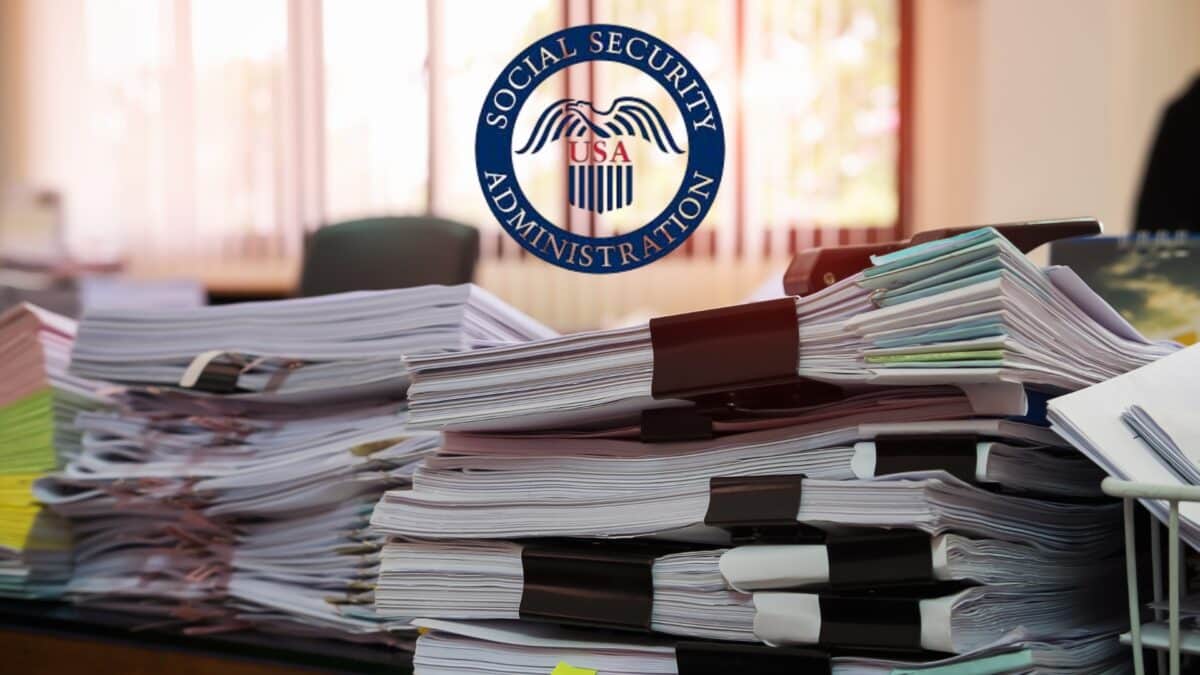The Social Security Administration (SSA) recently reversed a highly debated anti-fraud policy that delayed retirement benefit applications by three days. This policy, introduced to curb fraud, faced strong opposition from senior advocacy groups and employees, especially as the agency grapples with a massive backlog of nearly 575,000 claims. The reversal highlights ongoing challenges within the SSA as it balances fraud prevention with timely service for millions of Americans.
This shift comes after the Department of Government Efficiency (DOGE), led by Elon Musk, implemented significant staffing cuts that have further strained the SSA’s ability to process claims efficiently. The combination of workforce reductions and operational changes has triggered widespread concern about service quality and accessibility, particularly for vulnerable populations relying on Social Security benefits.
Initial Policy and Its Impact on Claimants
The controversial anti-fraud measure initially barred beneficiaries from applying for retirement, survivor, or family benefits by phone. Instead, applicants were required to use online accounts or visit SSA offices in person to verify their identities. This change was intended to reduce identity fraud but raised immediate concerns about accessibility for seniors and disabled individuals lacking reliable internet access or living far from SSA offices.
Advocates warned that the policy would disproportionately affect vulnerable populations, leading to confusion and frustration. Within days of implementation, SSA offices and phone lines became overwhelmed with inquiries and complaints. The agency then modified the policy to apply only to phone applications and delayed its rollout, but ultimately dropped the automatic delay on claims altogether.
SCOOP: Since SSA installed new anti-fraud checks on claims made over the phone, only 2 claims out of over 110,000 were found to likely be fraudulent, according to internal documents I obtained.
— Natalie Alms (@AlmsNatalie) May 15, 2025
The policy has slowed down payments, though. Retirement claim processing is down 25%
Workforce Challenges Exacerbate Processing Delays
The SSA faces a significant backlog of claims, with approximately 140,000 retirement applications pending for more than 60 days. These delays have been intensified by a 12 percent reduction in the SSA workforce—around 7,000 employees lost through buyouts and early retirement offers under the DOGE initiative. Stephen Evangelista, Deputy Commissioner for Operations, acknowledged the pressure, calling for a “sprint” to increase claim processing by 10 percent.
Employees, represented by the American Federation of Government Employees Local 3184, have voiced frustration over management decisions, citing reduced telework options and heavy workloads. The reassignment of around 1,000 staff from headquarters to field offices has introduced training demands, adding further strain to current employees already coping with increased volumes due to Baby Boomer retirements and legislative expansions of public-sector benefits.
Refining Fraud Detection to Improve Efficiency
While the SSA remains committed to detecting and preventing fraud, internal reviews revealed that fewer than 1 percent of claims were flagged for potential fraud, and only two cases had a high probability. The previous automatic screening caused a 25 percent increase in processing time without significantly reducing fraud.
SSA officials are now focusing on refining their fraud detection algorithms to target high-risk claims more accurately. This approach aims to protect the integrity of the system while reducing unnecessary delays and improving customer service. Kathleen Romig, director of Social Security and disability policy at the Center on Budget and Policy Priorities, emphasized the need for balance, noting that the prior policy created problems where none existed.
Ensuring Accessibility for Seniors and Vulnerable Populations
The rollback of the phone application restrictions is a critical step toward preserving access for seniors and individuals with disabilities who rely heavily on phone services. Many beneficiaries face barriers to using online portals or traveling to SSA offices, making phone access essential.
The SSA’s ongoing adjustments reflect an effort to accommodate diverse claimant needs while maintaining effective fraud prevention. As the agency navigates staffing challenges and increasing demand, balancing security and accessibility remains central to its mission of serving millions of Americans awaiting retirement and disability benefits.









